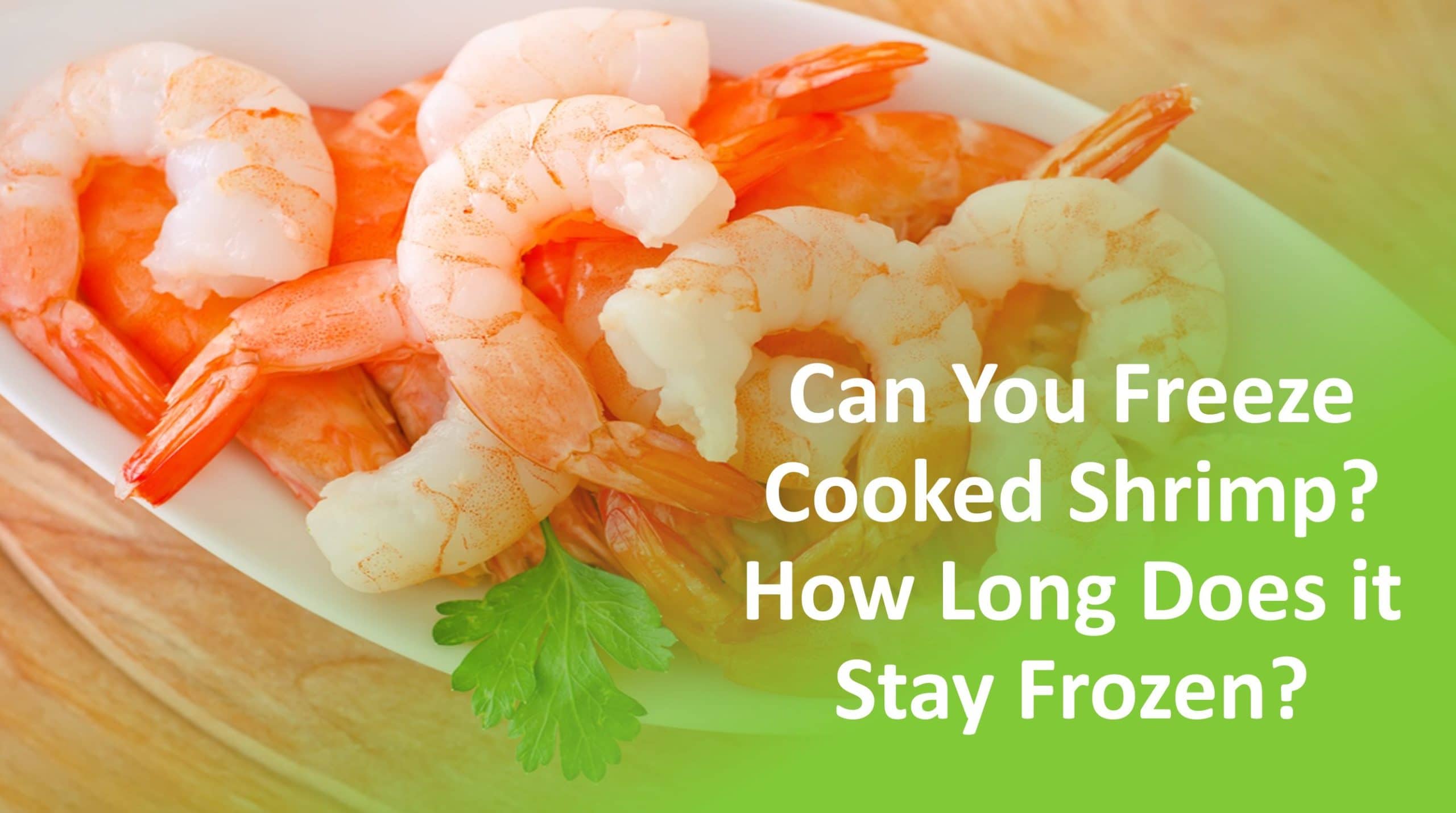Hey there seafood lovers! Ever found yourself staring at a bag of frozen shrimp, wondering how long it’ll take before you can cook up that delicious shrimp scampi? Well, I’ve been there too, and today I’m gonna break down everything you need to know about thawing frozen shrimp properly.
Quick Answer
The thawing time for frozen shrimp depends on your chosen method:
- Refrigerator method: 12-24 hours
- Cold water method: 1-2 hours
- Quick-thaw method: 5-8 minutes
Why Proper Thawing Matters
Before we dive into the methods, let’s talk about why proper thawing is super important. Y’all I can’t stress this enough – improper thawing can
- Make your shrimp mushy
- Create a breeding ground for bacteria
- Affect the natural firmness
- Cause moisture loss during cooking
Three Safe Methods to Thaw Frozen Shrimp
1. The Refrigerator Method (Best Method)
This is my go-to method when I’m planning ahead,
Time Required 12-24 hours
Steps:
- Place frozen shrimp in a bowl or plastic bag
- Put it in the refrigerator
- Let it thaw overnight
- Use within 1-2 days
Pro Tip: Spread shrimp in a single layer for more even thawing if possible!
2. The Cold Water Method (Medium Speed)
Perfect when you need those shrimp ready for dinner but forgot to thaw them overnight.
Time Required: 1-2 hours
Steps:
- Place shrimp in a leak-proof plastic bag
- Submerge in cold water
- Change water every 30 minutes
- Cook immediately after thawing
3. Quick-Thaw Method (Fastest)
When you’re in a super hurry!
Time Required: 5-8 minutes
Steps:
- Place shrimp in a colander
- Run cold water over them
- Move shrimp around every 1-2 minutes
- Pat dry and cook immediately
Common Thawing Mistakes to Avoid
Listen up! These are the big no-nos when it comes to thawing shrimp:
❌ Never Use Hot Water
- Causes uneven thawing
- Can start cooking the shrimp
- Promotes bacterial growth
❌ Don’t Leave at Room Temperature
- Creates perfect conditions for bacteria
- Puts shrimp in the “danger zone”
❌ Avoid Microwave Thawing
- Results in partially cooked shrimp
- Makes texture rubbery and chewy
Storage Tips After Thawing
Once you’ve thawed your shrimp, here’s what you need to know:
| Storage Method | Maximum Time |
|---|---|
| Refrigerator (thawed) | 1-2 days |
| After cooking | 3-4 days |
Bonus Tips for Best Results
-
Quality Check: Before cooking, your thawed shrimp should:
- Be translucent
- Feel pliable
- Have no ice crystals
- Not smell fishy
-
Pat Dry: Always pat thawed shrimp dry with paper towels before cooking. Trust me, this makes a huge difference in getting that perfect sear!
-
Plan Ahead: If you’re meal prepping, the refrigerator method is your bestie. It’s the most reliable way to maintain texture and flavor.
FAQ About Thawing Frozen Shrimp
Q: Can I refreeze thawed shrimp?
A: Nope! Once thawed, you gotta use ’em or lose ’em.
Q: What if I need to cook them right away?
A: You can actually cook shrimp directly from frozen, but expect longer cooking times and possibly different texture.
Q: How do I know when shrimp are fully thawed?
A: They should be completely pliable and translucent, with no frozen spots in the middle.
The Bottom Line
Thawing frozen shrimp doesn’t have to be complicated! Just remember:
- Plan ahead when possible (refrigerator method)
- Never use hot water
- When in doubt, the cold water method is your friend
- Always cook or store properly after thawing
Now that you’re armed with all this knowledge, you’re ready to thaw those shrimp like a pro! And hey, if you’re like me and sometimes forget to plan ahead, at least now you know the quick-thaw method won’t ruin your dinner plans.
Remember, properly thawed shrimp is the first step to making that amazing seafood dish you’ve been craving. Now, go forth and cook up something delicious!
Pro Tip: Keep some frozen shrimp in your freezer at all times – they’re perfect for last-minute meal ideas and can stay frozen for up to a year when stored properly!

The Importance of Properly Defrosting Shrimp
No matter if youre crafting a shrimp cocktail or trying out a new shrimp recipe, youll need to thaw your frozen shrimp. This is a crucial step to ensure your meal is safe and delicious, every time.
Improper thawing can turn your shrimp into a breeding ground for bacteria. This can happen if you leave your shrimp at room temperature – known as the “Danger Zone” – or thaw them in warm water. These methods cause the outer layer of shrimp to warm up faster than the inside.
Similarly, thawing shrimp too quickly or at a high temperature can cause your seafood to become mushy. It affects their natural firmness and causes them to lose more moisture when cooked, leading to an unappealing texture.
Cold Water Thawing
If the craving for shrimp suddenly hits, you can still thaw frozen shrimp in time for dinner. Shrimp typically thaw in about 1-2 hours using the cold-water method, depending on the size and quantity of the shrimp.
Heres how to safely thaw shrimp in a bowl of cold water:
- Seal Properly: Ensure the shrimp are in a leak-proof plastic bag to prevent water from contacting them, which can lead to waterlogged shrimp.
- Submerge in Cold Water: Fill a large bowl with cold water and make sure the unopened bag of shrimp is fully submerged.
- Change Water Regularly: Change the cold water every 30 minutes to continue thawing effectively and maintain a safe temperature.
